Walther PPK/S
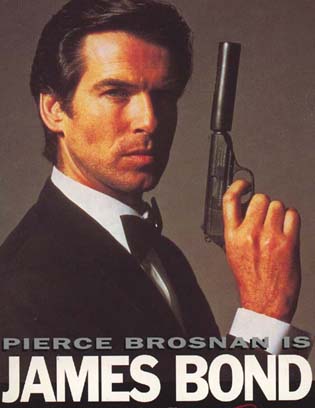 
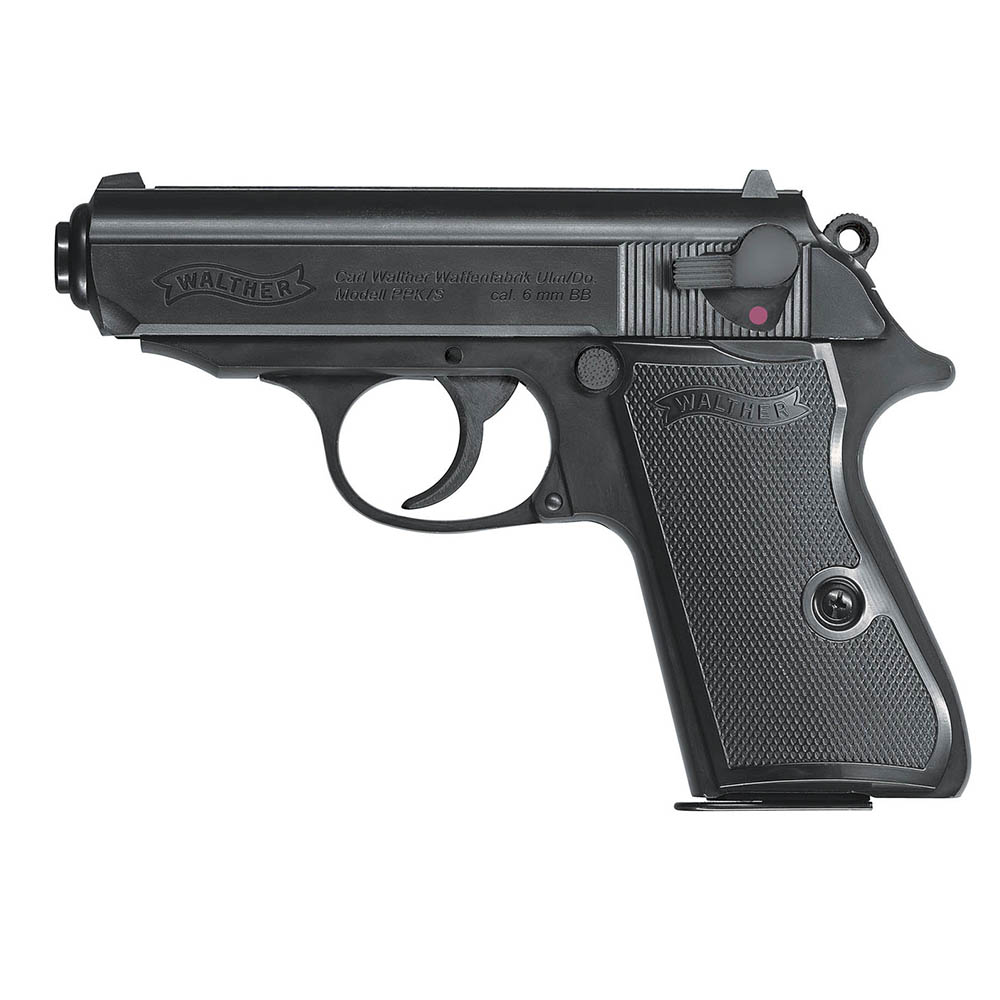
James Bonds pistol med metall mantel. Pistolen
drivs med fjäder så du behöver bara kulor och skyddsglasögon för att
börja skjuta. Pistolen laddas genom att metall manteln dras bakåt
och sedan släpps fram igen.
James Bond pistol with metal sheath.
The gun is powered by a spring so you only need bullets and goggles to start firing.
The pistol is loaded by pulling the metal jacket backwards and then releasing it again.
|
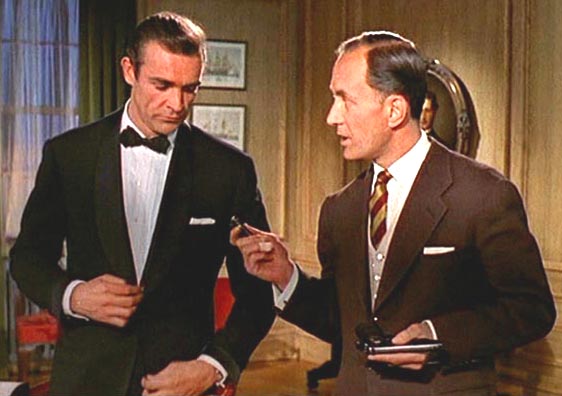
An aura seems to surround some guns, which often has little bearing on the
capabilities of the weapon itself. In the fifties, the popularity of
cowboy movies, and T.V. shows brought a resurgence of interest in the
legion of obsolete .45 Peacemakers which had been gathering dust in gun
shops for decades. In the sixties, a generation of shooters who had
grown up watching detective movies in the forties and fifties all wanted
a .38 snub-nose like the ones their hard boiled heroes toted. In the
seventies gun shops could not keep the S&W M-29 revolver in stock
after Dirty Harry turned the gun into a legend.
The Walther PPK was carried by no less a man than
James Bond. With such a sterling endorsement the gun could not help but
become an icon. In the actual Ian Flemming novels, James Bond carried a
Berretta .25; but for some reason the Walther was thought to be a better
choice for the movies. The Bond gun was in 7.65 caliber (32auto), which
would not be the choice of most American shooters, due to it's low power
levels, and uncertain stopping power.
As all Bond fans know, this gun was first presented
to Sean Connery in Dr. No, by a major who was latter to be developed
into the Character Q in the series. This was a bit of an update on the
original novel series, set in the thirties, written by Flemming, in
which Bond carried a Beretta concealed on his person, and a big 45 in
his Bentley. The Bentley was updated to an Aston, the Beretta to a PPK,
and the 45 seems to have disappeared all together.
This gun was used in the first 17 James Bond movies,
up until the introduction of the new Walther P-99 as primary armament in
Tomorrow Never Dies. as such, the
PPK was carried by all five of the "official" James Bonds. I
suppose it's retirement was overdue. In 1963, when it was first
introduced into the series, the PPK was a cutting edge weapon, with
fairly sophisticated features, and a bit of an exotic feel, when
compared to the standard revolvers and army pistols floating
around. It also held some of the aura of German weaponry, which was a
sort of an acknowledgment of the German war machine of W.W.II. Still,
time passes. Pistols today are plastic, have double column magazines,
lasers, tritium sites, and all sorts of other refinements. Bond no
longer wears a Rolex, Drives an Aston Martin, or carries a PPK.
Considered to be a German gun, it was also made in
France and the U.S. Knock offs were made in Hungary, Czechoslovakia, and
Russia, and there is no shortage of copies and imitations. The gun
itself is very old world and refined, much like the character who packed
it. Developed in the twenties, it was one of the first double action
pistols, and was used by the German police. Production of the PP (Police
Pistol) model, with a longer barrel and grip, began in 1929. The
Shortened PPK (Police Pistol Short) version was introduced in 1931. The
action of the PPK was the basis upon which the latter P-38 was developed.
In order to overcome import restrictions, and to help offset German
labor costs, which were getting pretty high, the PPK began to be
manufactured in the United States in 1978, by Ranger Manufacturing in
Gadsen, Alabama. A stainless version was soon offered by the American
manufacturer. Present day American production guns are made under
license, by Smith and Wesson.
My gun was made in Germany and imported into the U.S.
in the seventies by Interarms. The Walther PPK could not be brought into
this country because import restrictions, introduced in the notorious
gun control act of 1968, prohibited importation of guns that were under
a certain size. Walther solved this problem by mating a PPK slide to a
PP frame, which held one more round and made the gun tall enough to be
acceptable. This gun was called the PPK/S, and happens to be the model I
own. You can see the Interarms mark towards the front of the slide, on
the right hand side of the gun. The story of Interarms, in Alexandria
Virginia, and their relationship with the U.S. intelligence community is
a fascinating tale in it's own right.
The PPK has a terrible, long 17 pound trigger pull in double action, although
it's single action pull is quite good. The action is a straight blowback
with no lock up, firing the. 380 cartridge which is a sufficient, but
marginal man stopper. A photo showing the 380 alongside a 9mm is to the
right. Like most smaller handguns,
the PPK has a fair amount of perceived recoil, making it surprisingly
hard to shoot, considering the power of it's cartridge. The 380 drives a
bullet of around 100 grains to velocities of just under 1000 fps. There
are said to be new bullet styles that will expand reliably at these
velocities. Previously, high performance bullets, like hollow points,
did not work properly at velocities below the speed of sound (approximately
1100 fps). These new designs are giving the old 380 round a new found
respect, and are making the compact series of guns which are designed
for their use, much more desirable.
The thinness of the PPK makes it conceal well, so it
would seem to be a natural for concealed carry. The fit and finnish are
excellent as they should be considering the cost. The sights are merely
adequate, but the whole gun has a very satisfying, high quality feel to
it. In truth, for the demands of the little 380 round, the PPK is
probably built much more heavily than it needs to be. There is a loaded
chamber indicator which protrudes just above the hammer when a round is
chambered. This is a feature that I never cared for; but it is there for
those who prefer such things. It protrudes just above the lanyard style
hammer, and can thus be felt as well as seen. The slide stays back after
the last shot is fired, but there is no slide release; the slide must be
pulled back after a new magazine is inserted.
The
walther PPK was initially produced for the German police, and was issued
with a full flap holster, and one extra magazine. Today a variety of holsters are
available, ranging from the
shoulder holster of James Bond, through high ride hip holster, to ankle
holsters. I presently have a medium frame nylon belt holster, which fits
the gun quite well, and an inside the pants holster, which is handsome;
but sees little use. My favorite holster for this gun, is the ankle
holster. I picked up an Uncle Mike's nylon ankle holster, which fits the
gun pretty well, and is reasonably easy to carry. The only problem here,
is that if extra magazines are to be carried, they either rattle around
in the pocket, or need to be carried in belt pouches. This kind of
defeats the whole concealment and hideout aspect of using an ankle
holster. The best solution I have found was to come up with a leather cuff, to which I sewed a couple of flaps of leather to create a double
magazine pouch. I then sewed some velcro strips to the edges so that the
cuff can be adjusted and worn on the ankle opposite the gun. This works
well, looks good enough, and does not compromise the concealment of the gun, as might be the case were I to use standard magazine
pouches. The
magazines are held in strictly by friction; but I have yet to have any
slippage, even when running, and climbing. Why didn't Q come up with
something like this for James Bond? The gun can also be carried in a
belly band holster, though just barely. In truth, the PPK is a bit large
for a belly band, making the ankle holster, or possibly the old SOB
style holster, the best bet for concealment.
The Walther PPK is a class act, that points well,
handles comfortably, and is fairly accurate, considering the sights,
trigger, and size of the piece. Overall the Walther is a very nice gun,
and although I own guns which I consider to be much more capable, James
Bond didn't carry any of them
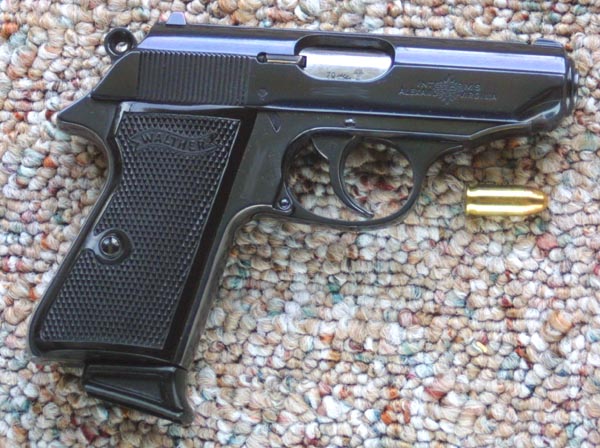
|
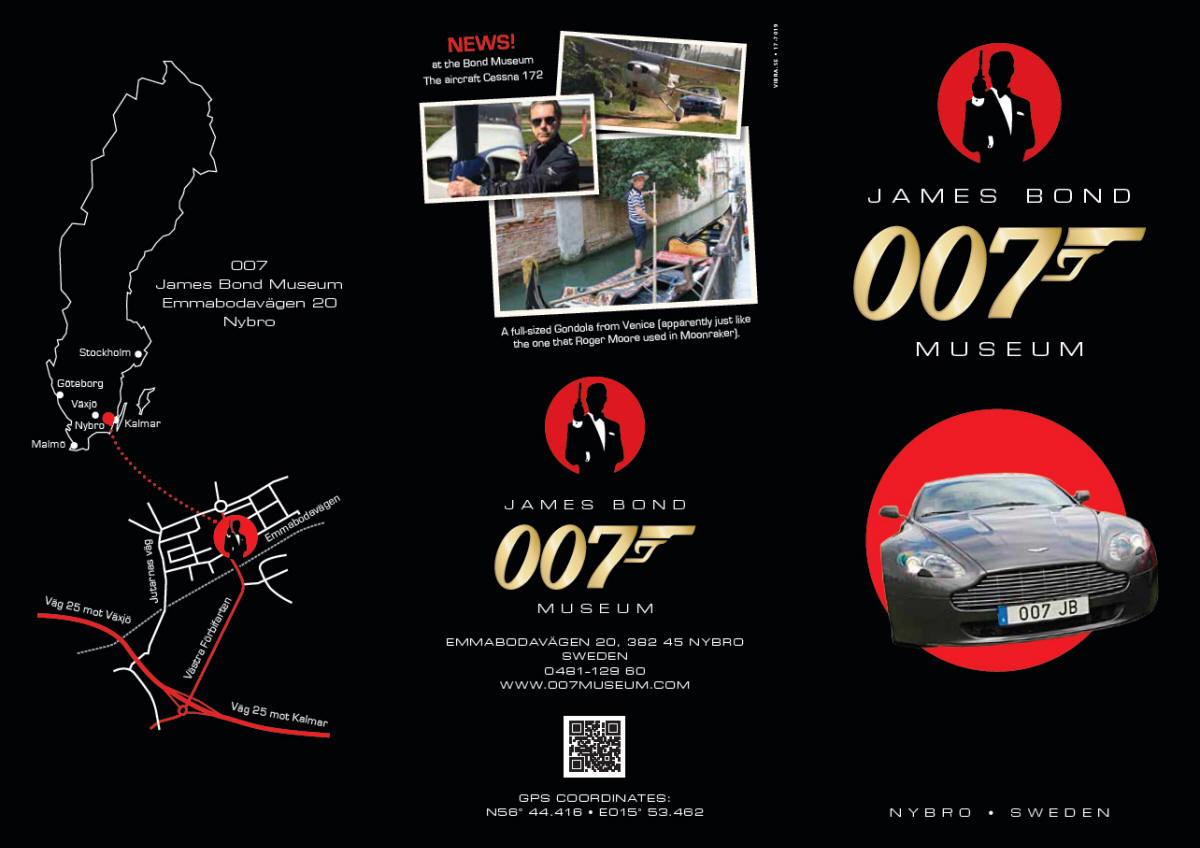




 Öppet/Open
mon-fri
11-15
sat.10-14
Öppet/Open
mon-fri
11-15
sat.10-14 




 Öppet/Open
mon-fri
11-15
sat.10-14
Öppet/Open
mon-fri
11-15
sat.10-14 